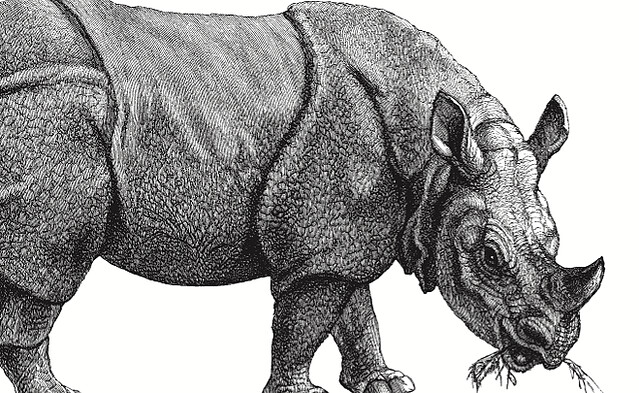Javan rhinos once lived throughout northeast India and Southeast Asia. Vietnam’s last Javan rhino was poached in 2010.
This species is dusky grey color and has a single horn of up to about 10 inches. Their skin have a number of loose folds, giving the appearance of armor plating. The Javan rhino is very similar in appearance to the closely-related greater one-horned rhinoceros but has a much smaller head and less apparent skin folds.
The population in Ujung Kulon National Park represents the only hope for the survival of a species that is on the brink of extinction. Until the late 19th century and early 20th century, Javan rhinos existed from northeast India and the Sunderbans , throughout mainland Southeast Asia, and on the island of Sumatra. If we lose the population in Java, the entire species will disappear.
To reduce the likelihood of extinction in the event of a major natural disaster in Ujung Kulon National Park, WWF and partners are working to establish a second population of Javan rhinos. They have identified a potential site for the second population. The next steps include conducting a feasibility study of the area, setting up protected area management systems, and working with communities in the buffer zone to prevent encroachment. WWF will also support scientific research to guide these conservation and management strategies.
Ujung Kulon National Park is at the westernmost tip of Java, in Banten province of Indonesia. It includes the volcanic island group of Krakatoa in Lampung province, and other islands including Panaitan, as well as smaller offshore islets such as Handeuleum and Peucang in the Sunda Strait.
It is Indonesia’s first proposed national park and was declared a UNESCO World Heritage Site in 1991 for containing the largest remaining lowland rainforest in Java. The 1883 eruption of Krakatoa and its tsunami wiped out many settlements in the later park area, and they were never repopulated.
According to worldwildlife.org and en.wikipedia.org














